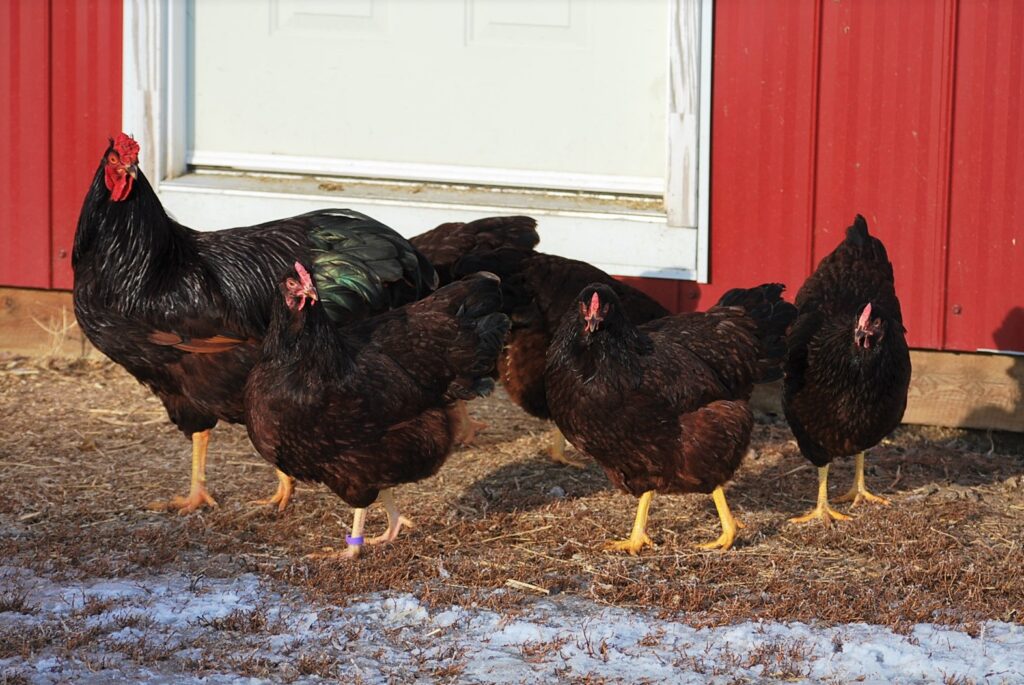Corrective mating of poultry is mating a bird that is weak in one area, to a bird that can offset that particular weakness. In some circles, this is referred to as “compensation mating.” Corrective Mating practices have been used for many years by a wide variety of animal breeders yielding amazing results.
Lloyd Bracket, a breeder of German Shepherd Dogs, produced 90 champions in 12 years using this principle. He said “physical compensation is the foundation rock upon which all enduring worth must be built.”
Just what exactly is physical compensation? In short, it is the balancing of any possible imperfect feature in one bird by mating it to one that is ideal in the same feature. For example if a bird has a weak top-line, it should be mated to one that has an ideal back. This law, so to speak, applies to every possible aspect of a breed you’re working with. It doesn’t matter if the trait is one of structure, production, or temperament.

For many years, the standard advice in much of the breeding literature has been to mate a bird that is weak, or under developed in a particular area to one that is over developed in the same area. For example, if you have a male that has too much slope of the back from neck to tail (runs “downhill” from base of neck to base of tail), the suggestion would be to mate him to a female that slopes from tail down to neck (runs “uphill” from base of neck to base of tail). The theory was that “too little” blended with “too much” produced “ideal.” Often, though, this blending theory just never worked.
OK, so what’s the proper way to achieve balance? The ideal matings are those where neither the males nor females exhibit any major faults and as few of the minor ones as possible. Additionally, if one bird is either over or underdeveloped for a particular feature, make sure that its mate is ideal in that feature.
Individual genes or gene groups that might govern certain traits tend to maintain their separate identity and tend to reproduce themselves if given the opportunity. For example, if birds that are too big are mated to those that are too small, they will continue to produce birds that are too large or too small, never producing birds that are the desired medium size. If you want medium sized birds then one of them in the mating should be the sought after medium size. This is the secret of “corrective” mating.
Corrective mating should be used for three reasons:
- It requires constant reference to the ideal breed standard. Being aware of the need for corrective mating will keep you focused on your breeding goals.
- Corrective mating guards against genetic purity for undesirable traits, especially those governed by recessive genes since you will never mate two birds together that have the same flaw.
- Corrective mating carries with it the promise that eventually, all the desirable features will combine in one outstanding bird. From that point, you can continue to breed a large number of similarly high-quality birds.
Properly done, compensation mating will keep your birds heading in the direction of the Standard of Perfection year after year. While you may not produce that awesome champion with the first mating, continued breeding with the focus on the “ideal bird” will steadily raise the overall quality of your flock. From this ever improving, ever more genetically pure base, that champion is sure to emerge.
Submitted by Rip Stalvey
